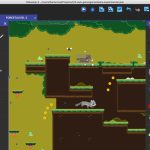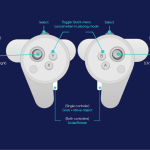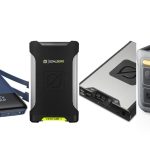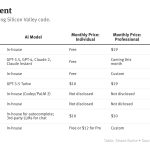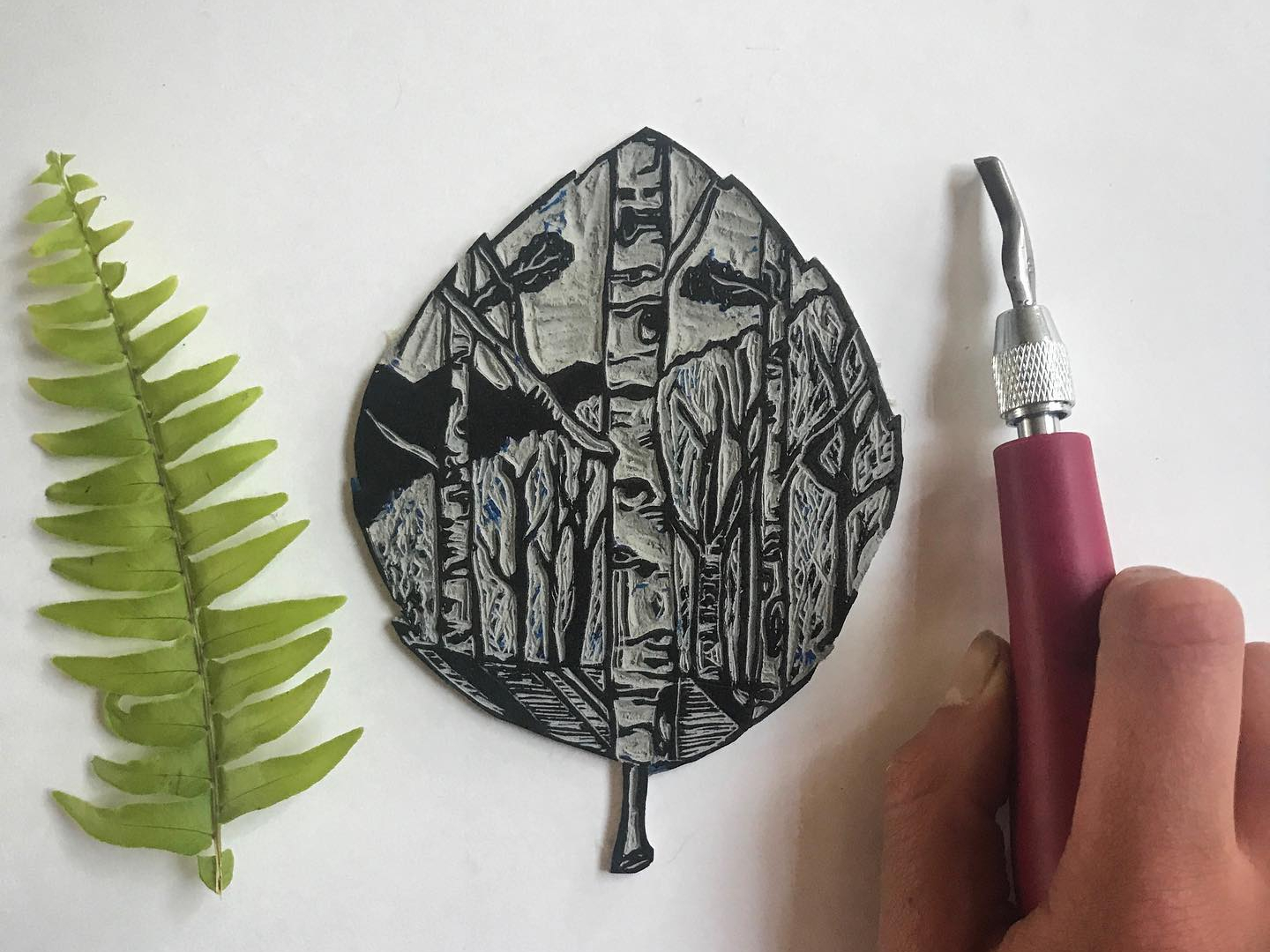
The first prints were made by carving designs on wooden plates, spreading ink on them and then pressing the design onto paper or fabric. Today’s commercial printing industry has evolved from those days, but it still involves transferring a design to a plate so that it can be reproduced over and over.
There are two basic methods used in commercial printing: incised and relief. Incised printing is where the design is cut into a metal plate and the ink flows into the spaces. Relief printing is a technique where the design is raised above the plate surface, and the ink is spread on the raised design.
the Incised method is also called rotogravure or gravure printing. This type of printing is used to create commercial packaging, such as wrappers and labels, and is also commonly used for wrapping paper and glossy magazines. Relief printing is also known as letterpress and is commonly used for wedding invitations and business cards.
Incised designs can be accomplished by using tools to cut a design into a sheet of copper, zinc, brass or other soft metal. A second method is to pour acid over the plate to create the design. The acid ‘bites’ the metal along the lines of the design, and when the ink is applied, it flows into the etched areas. Each color in the design has its own ink cylinder with end seals to hold the ink in. The image is printed by making separate passes of each ink cylinder with drying time in between.
Relief printing works in the opposite way. The design is transferred to a polymer or plastic plate and put into a chemical bath that dissolves the portions of the plate not in contact with the design. This leaves a raised or relief image that can be printed.
Both incised and relief printing are used for large commercial print runs or with smaller artisan machines. From cereal boxes to greeting cards, these centuries-old printing methods are still useful today.





